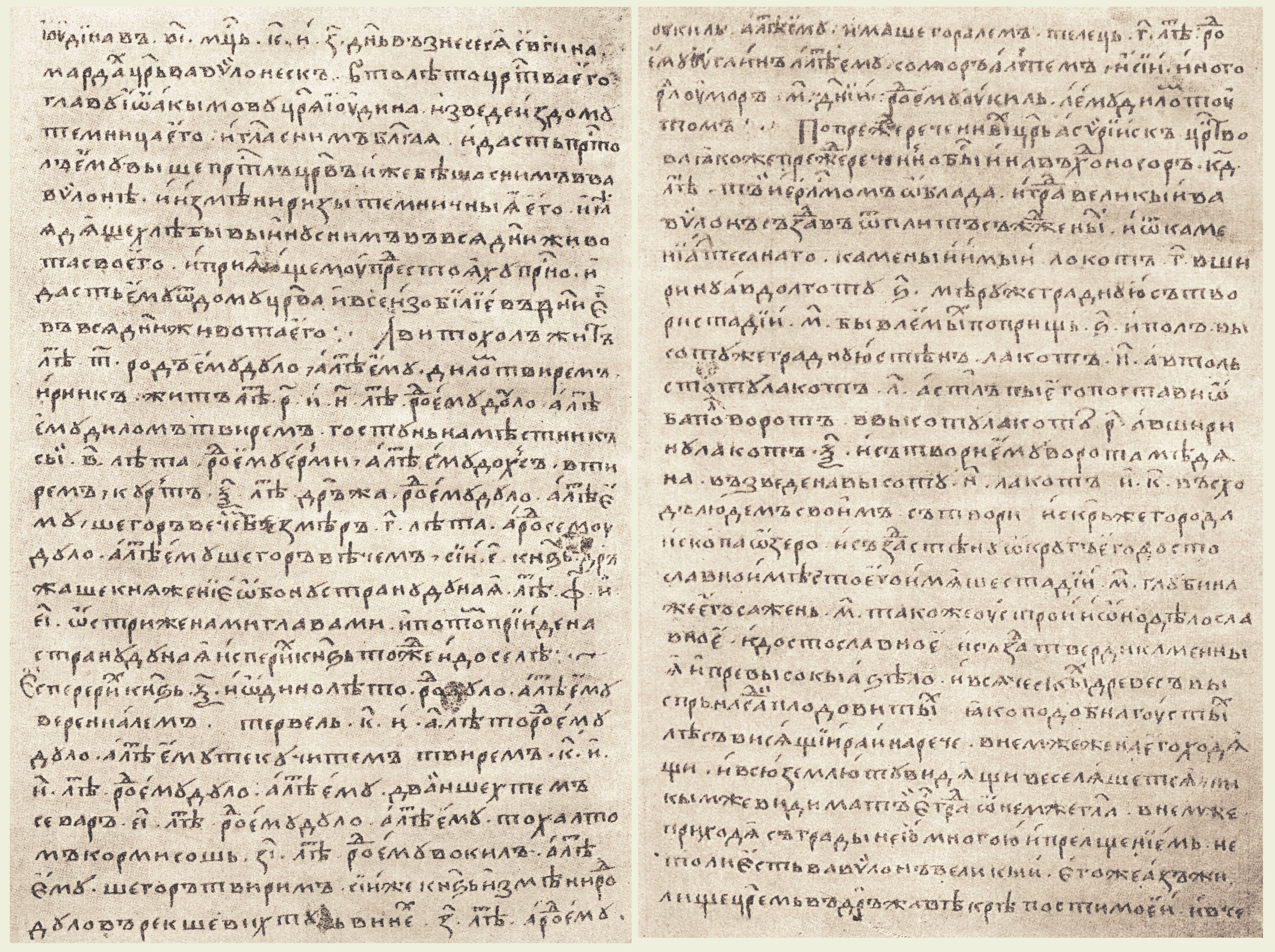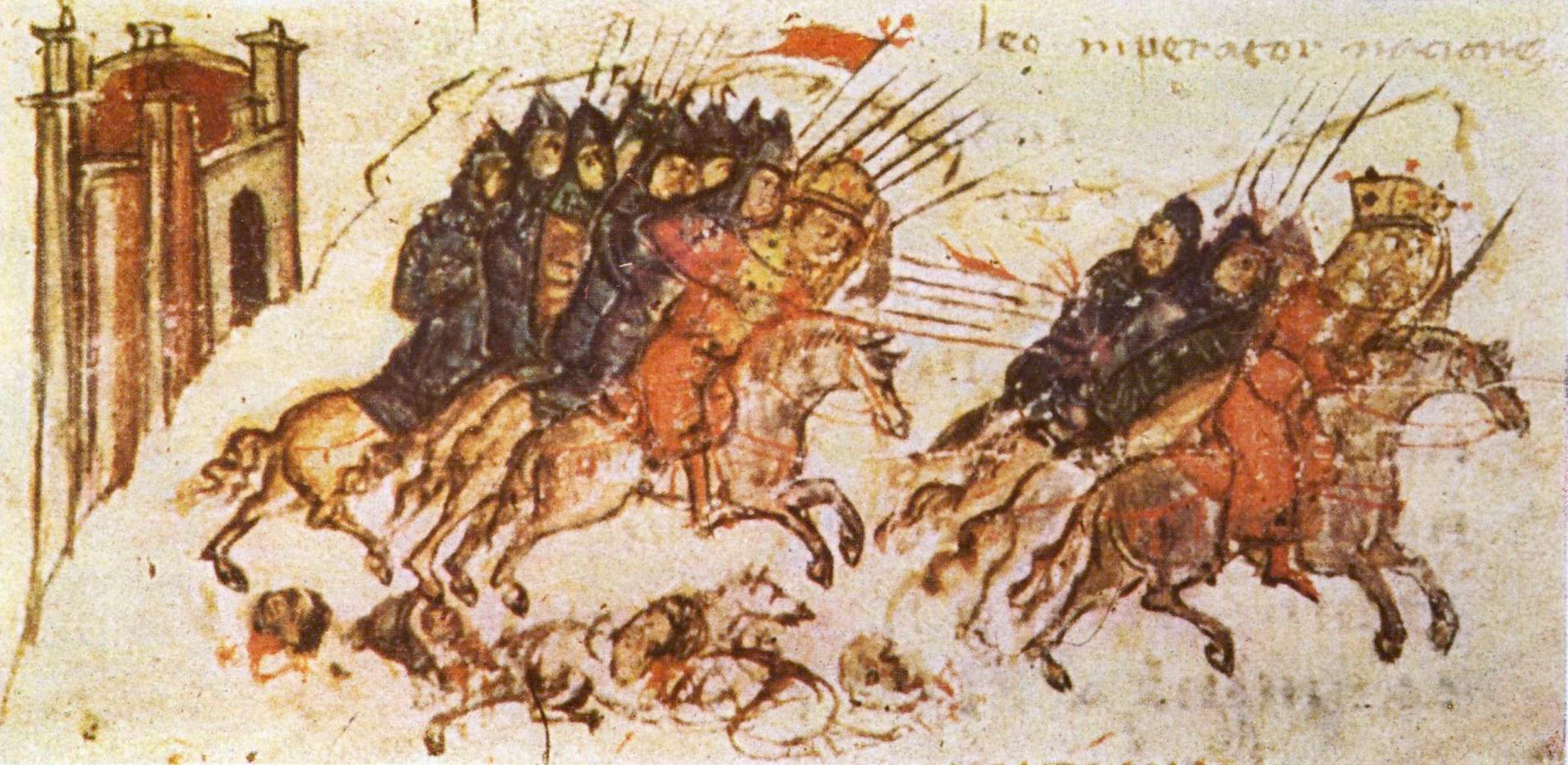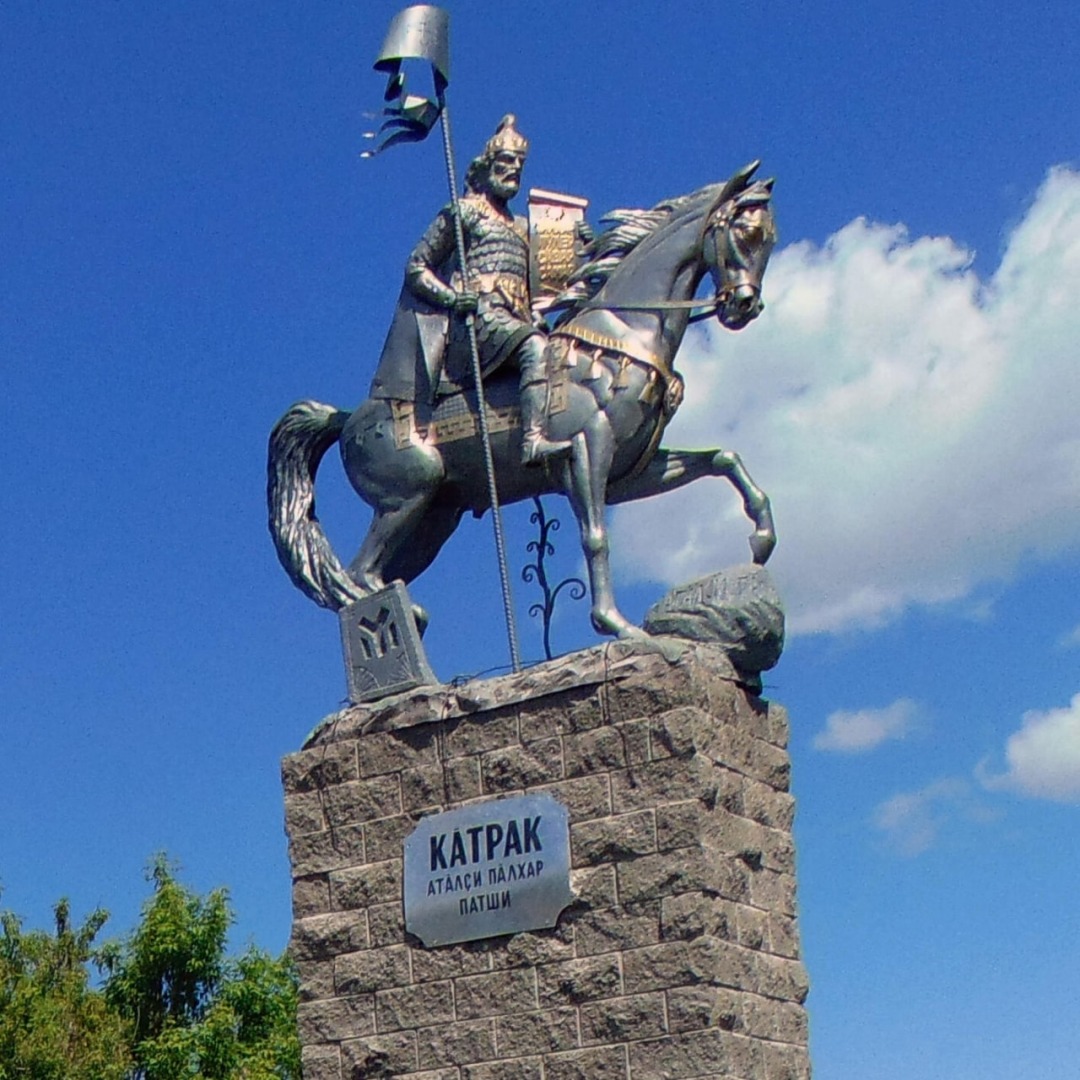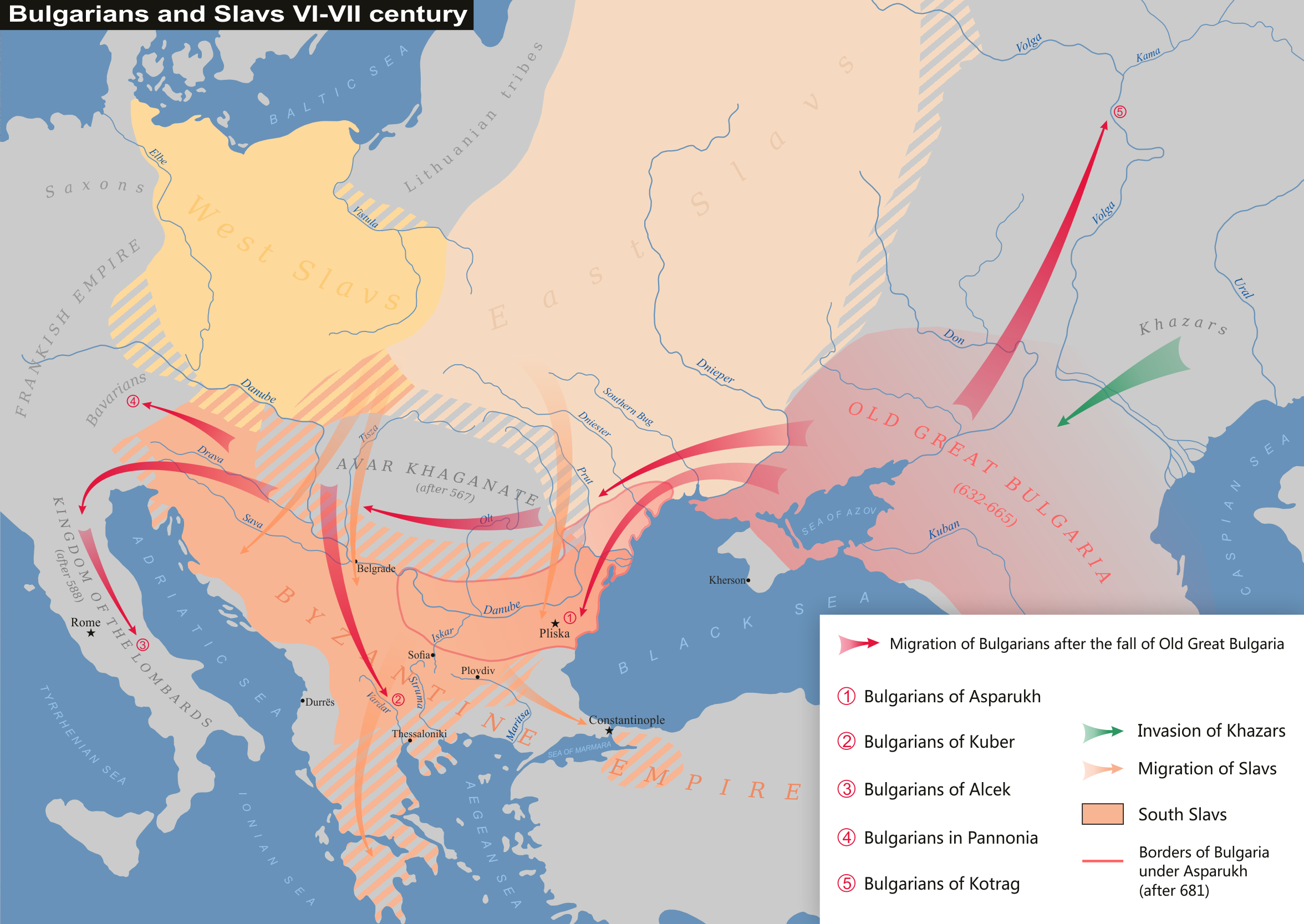|
Dulo
The Dulo clan was a ruling dynasty of the Bulgars, who were of Turkic origin. It is generally considered that their elite was related to the Huns and the Western Turkic Khaganate. Particularly, it is said that the Dulo descended from the rulers of Old Great Bulgaria. This state was a centralized monarchy from its inception, unlike previous Hunno-Turkic political entities, which were tribal confederations. The royal family and rulers of Old Great Bulgaria (632–668) and the first half of the First Bulgarian Empire (681–1018), in their prince lists ('' Nominalia of the Bulgarian khans'') claimed through descent from Attila through Irnik, possibly Attila's attested son Ernak. During the pagan period, the succession of clan leadership was based on traditions brought over to the Balkans from the Eurasian Steppe, which include the rulers' divine ancestry. At the head of the clan was the '' Khan'', who reigned as the head of state, military leader, and probably high priest of the B ... [...More Info...] [...Related Items...] OR: [Wikipedia] [Google] [Baidu] |
Nominalia Of The Bulgarian Khans
The ''Nominalia of the Bulgarian Khans'' () is a short text which is presumed to contain the names of some early Bulgar rulers, their clans, the year of their ascending to the throne according to the cyclic Bulgar calendar and the length of their rule, including the times of joint rule and civil war. It is written in Church Slavonic, but contains a large number of Bulgar names and date terms. The manuscript also does not contain any reference that this is a list of rulers of Bulgaria. The ''Nominalia'' was found by the Russian scholar Alexander Popov in 1861, during his research on Russian chronographers. So far, three Russian copies of the document have been found. The earliest of them, the "'' Uvarov transcript''", dates from the 15th century and the other two, the '' Pogodin'' and ''Moscow'' transcripts, from the 16th century. There are certain differences in the names' spellings in the manuscripts. Despite the commonly accepted name of the nominalia, the preserved Slavic t ... [...More Info...] [...Related Items...] OR: [Wikipedia] [Google] [Baidu] |
Bulgars
The Bulgars (also Bulghars, Bulgari, Bolgars, Bolghars, Bolgari, Proto-Bulgarians) were Turkic peoples, Turkic Nomad, semi-nomadic warrior tribes that flourished in the Pontic–Caspian steppe and the Volga region between the 5th and 7th centuries. They became known as Eurasian nomads, nomadic equestrians in the Volga-Ural region, but some researchers trace Bulgar ethnic roots to Central Asia. During their westward migration across the Eurasian Steppe, the Bulgar tribes absorbed other tribal groups and cultural influences in a process of ethnogenesis, including Iranian peoples, Iranic, Finno-Ugric peoples, Finno-Ugric, and Huns, Hunnic tribes. The Bulgars spoke a Turkic languages, Turkic language, the Bulgar language of the Oghur languages, Oghuric branch. They preserved the military titles, organization, and customs of Eurasian steppes as well as pagan shamanism and belief in the sky deity Tengri, Tangra. The Bulgars became semi-sedentary during the 7th century in the Pontic- ... [...More Info...] [...Related Items...] OR: [Wikipedia] [Google] [Baidu] |
Kotrag
Kotrag was according to Nikephoros I of Constantinople a son of Kubrat of the Dulo clan of Bulgars. Following the death of his father, he began to extend the influence of his Bulgars to the Volga River. He is remembered as the founder of Volga Bulgaria. Honour * Kotrag Nunatak on Greenwich Island in the South Shetland Islands, Antarctica is named after Kotrag. * In the Republic of Chuvashia in the village of Shemursha on June 30th 2022, a monument was erected to the founder of the Volga The Volga (, ) is the longest river in Europe and the longest endorheic basin river in the world. Situated in Russia, it flows through Central Russia to Southern Russia and into the Caspian Sea. The Volga has a length of , and a catchment ... Bulgaria - Khan Kotrag * Later, on January 12th 2023, another monument to Khan Kotrag, was installed in Shiryaev on Popova Hill. The monument was made by the famous Bulgarian sculptor Dishko Dishkov. The official opening is scheduled for sp ... [...More Info...] [...Related Items...] OR: [Wikipedia] [Google] [Baidu] |
Asparukh Of Bulgaria
Asparuh (also ''Ispor'' or (rarely) ''Isperih'') was а Bulgar Khan in the second half of the 7th century and is credited with the establishment of the First Bulgarian Empire in 681. Early life The '' Nominalia of the Bulgarian Khans'' states that Asparuh belonged to the Dulo clan and reigned for 61 years. This long period cannot be accepted as accurate due to chronological constraints, and may indicate the length of Asparuh's life. According to the chronology developed by Moskov, Asparuh would have reigned 668–695. Other chronologies frequently end his reign in 700 or 701 but cannot be reconciled with the testimony of the ''Namelist''. According to the Byzantine sources, Asparuh was a younger son of Kubrat, who had established a spacious state (" Great Bulgaria") in the steppes of modern Ukraine. Asparuh may have gained experience in politics and statesmanship during the long reign of his father, who probably died in 665 (apud Moskov). According to Djagfar Tarikhy ... [...More Info...] [...Related Items...] OR: [Wikipedia] [Google] [Baidu] |
Kuber
Kuber (also Kouber or Kuver) was a Bulgar leader who, according to the '' Miracles of Saint Demetrius'', liberated a mixed Bulgar and Byzantine Christian population in the 670s, whose ancestors had been transferred from the Eastern Roman Empire to the Syrmia region in Pannonia by the Avars 60 years earlier.CurtaFine According to a scholarly theory, he was a son of Kubrat, brother of Khan Asparukh and member of the Dulo clan. Origins According to the Byzantine scholar, Theophanes the Confessor, Kubrat's (unnamed) fourth son, who left the Pontic steppes after his father's death around 642, became "the subject of the of the Avars in Avar Pannonia and remained there with his army". According to a scholarly theory, first proposed by the Bulgarian historian Vasil Zlatarski, Kuber was the fourth son of Kubrat, the Christian ruler of the Onogur Bulgars in the steppes north of the Black Sea. Kuber's story is continued in the second book of the '' Miracles of Saint Demetriu ... [...More Info...] [...Related Items...] OR: [Wikipedia] [Google] [Baidu] |
First Bulgarian Empire
The First Bulgarian Empire (; was a medieval state that existed in Southeastern Europe between the 7th and 11th centuries AD. It was founded in 680–681 after part of the Bulgars, led by Asparuh of Bulgaria, Asparuh, moved south to the northeastern Balkans. There they secured Byzantine Empire, Byzantine recognition of their right to settle south of the Danube by Battle of Ongal, defeatingpossibly with the help of Seven Slavic tribes, local South Slavic tribesthe Byzantine army led by Constantine IV. During the 9th and 10th century, Bulgaria at the height of its power spread from the Danube Bend to the Black Sea and from the Dnieper River to the Adriatic Sea and became an important power in the region competing with the Byzantine Empire. As the state solidified its position in the Balkans, it entered into a centuries-long interaction, sometimes friendly and sometimes hostile, with the Byzantine Empire. Bulgaria emerged as Byzantium's chief antagonist to its north, resulting in ... [...More Info...] [...Related Items...] OR: [Wikipedia] [Google] [Baidu] |
Avitohol
Avitohol (153–353?) is the first name in the '' Nominalia of the Bulgarian khans''. Little is known about him. According to the document he is from the Dulo clan and most probably was considered and respected as the forefather of the khans. Some researchers claim that Avitohol was identical with Attila the Hun who was succeeded by his son Ernak or ''Irnik'' (the second name mentioned in the ''Nominalia''). Others suggests that Avitohol was a semi-legendary ruler who may have been either a descendant or an ancestor of Attila (see Dulo clan). Honours Avitohol Point on Livingston Island in the South Shetland Islands, Antarctica is named "after the legendary Khan Avitohol listed in the 8th Century Nominalia of the Bulgarian Khans, who laid the foundations of the Bulgarian statehood in AD 165." A super computer is named after Avitohol. It is managed by the Institute of Information and Communication Technologies from Bulgarian Academy of Sciences. The installation is below th ... [...More Info...] [...Related Items...] OR: [Wikipedia] [Google] [Baidu] |
Kubrat
Kubrat (; ) was the ruler of the Onogur–Bulgars, credited with establishing the confederation of Old Great Bulgaria in 632. His name derived from the Turkic words ''qobrat'' — "to gather", or ''qurt'', i.e. "wolf". Origin In the '' Nominalia of the Bulgarian khans'' Kubrat is mentioned as ''Kurt'' (), being a member of the Dulo clan and reigning for 60 years having succeeded Gostun of the Ermi clan. Bulgars were Turkic nomadic people, who participated in the 5th-century Hunnic confederation. Upon Attila's death, the tribes that later formed the Bulgars had retreated east into the Black Sea-Caspian Steppe. The western Bulgar tribes joined the Avar Khaganate, while the eastern Bulgars came under the Western Turkic Khaganate by the end of the 6th century. Theophanes the Confessor called him "king of the Onogundur Huns". Patriarch Nikephoros I (758–828) called Kubrat "lord of the Onuğundur" and "ruler of the Onuğundur–Bulğars". John of Nikiu ( 696) called him ... [...More Info...] [...Related Items...] OR: [Wikipedia] [Google] [Baidu] |
Irnik
Ernak was the last known ruler of the Huns, and the third son of Attila. After Attila's death in AD 453, his Empire crumbled and its remains were ruled by his three sons, Ellac, Dengizich and Ernak. He succeeded his older brother Ellac in AD 454, and probably ruled simultaneously over Huns in dual kingship with his brother Dengizich, but in separate divisions in separate lands. Priscus, during his stay at Attila's court in AD 448 or 449, recorded a personal occasion between Attila and Ernak. At a banquet Attila looked on him with serene eyes, while taking small account of his other sons. He was Attila's favorite son, because as a certain Hun explained to him, the Hunnic prophets prophesied his ''genos'' would fail, but would be restored by this son. Ernak has often been identified with ''Irnik'' from the Nominalia of the Bulgarian khans, who is noted as a descendant of the Dulo clan and leader of the Bulgars for 150 years, starting approximately from AD 437. Etymology The name i ... [...More Info...] [...Related Items...] OR: [Wikipedia] [Google] [Baidu] |
Alcek
Alcek or Alzeco was allegedly a son of Kubrat and led the Bulgars to Ravenna that later settled in the villages of Gallo Matese, Sepino, Boiano and Isernia in the Matese mountains of southern Italy. After the collapse of Old Great Bulgaria, some of the Bulgars, led by Alzeco, thought to be a son of Kubrat, settled in the lands of the Longobard Kingdom. Paul the Deacon places a settlement in his history of the migration of the Bulgars in the area of the Duchy of Benevento. Under the leadership of Alzeco, the Bulgars (called "Vulgars" by Paul) came to Italy in Benevento, where they settled in the Molise region. Alciocus The earlier Khagan called Alciocus who was the leader of Bulgar hordes of the Avar Khanganate, is also known. The main source for these events is the medieval chronicle of Fredegar. In 623 Samo led a rebellion against the Pannonian Avars. Alciocus fled with 9,000 Bulgars to Bavaria where he asked the Frankish king Dagobert I for a piece of land to settle in ... [...More Info...] [...Related Items...] OR: [Wikipedia] [Google] [Baidu] |
Pannonian Avars
The Pannonian Avars ( ) were an alliance of several groups of Eurasian nomads of various origins. The peoples were also known as the Obri in the chronicles of the Rus' people, Rus, the Abaroi or Varchonitai (), or Pseudo-Avars in Byzantine Empire, Byzantine sources, and the Apar () to the Göktürks. They established the Avar Khaganate, which spanned the Pannonian Basin and considerable areas of Central Europe, Central and Eastern Europe from the late 6th to the early 9th century. The name Pannonian Avars (after the area in which they settled) is used to distinguish them from the Avars (Caucasus), Avars of the Caucasus, a separate people with whom the Pannonian Avars may or may not have had links. Although the name ''Avar'' first appeared in the mid-5th century, the Pannonian Avars entered the historical scene in the mid-6th century, on the Pontic–Caspian steppe as a people who wished to escape the rule of the Göktürks. They are probably best known for their invasions and de ... [...More Info...] [...Related Items...] OR: [Wikipedia] [Google] [Baidu] |








